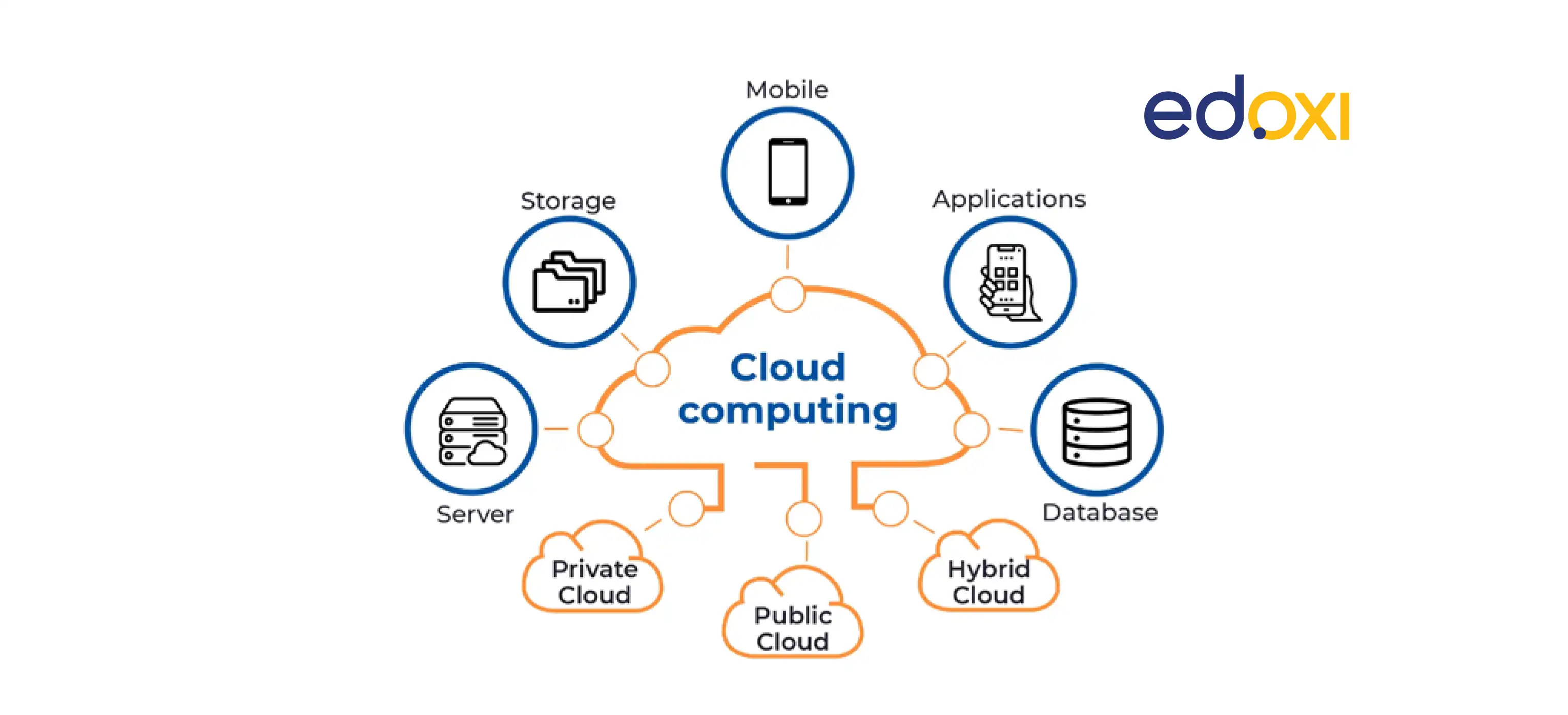Discover Cutting-Edge Universal Cloud Service Solutions by LinkDaddy
Discover Cutting-Edge Universal Cloud Service Solutions by LinkDaddy
Blog Article
Streamlining Process and Procedures With Cloud Solutions Automation
One remedy that has actually obtained significant traction is the adoption of cloud solutions automation. The benefits of cloud services automation expand much past simple effectiveness gains.
Advantages of Cloud Solutions Automation
Cloud services automation uses substantial advantages for organizations looking for to improve operations and improve effectiveness in their digital infrastructure. One of the key benefits of cloud solutions automation is the capability to enhance dexterity and scalability within a company. By automating different jobs such as provisioning, configuration, and surveillance of cloud resources, services can react extra rapidly to altering demands and scale their procedures much more effectively.
Additionally, cloud solutions automation helps in minimizing human mistakes that can occur during hand-operated procedures - linkdaddy cloud services. Automated operations make certain uniformity and accuracy in the release and management of cloud services, eventually leading to boosted reliability of digital systems. This, subsequently, improves general functional efficiency and reduces downtime as a result of mistakes
Furthermore, cloud services automation makes it possible for price savings by enhancing source use and reducing the requirement for manual treatment. By automating regular tasks, organizations can reapportion personnels to more strategic efforts, driving development and competition in the market. In general, the advantages of cloud services automation are crucial in improving company operations and achieving lasting growth in the electronic era.
Implementing Cloud Automation Tools
Structure on the advantages highlighted in the previous discussion, the application of automation devices in cloud services enhances operational efficiency and maximizes source utilization within organizations. When executing cloud automation tools, it is essential to initial examine the details needs and objectives of the organization to line up the automation approach with the general business purposes. This includes determining repeated tasks, hands-on processes, and bottlenecks that can be automated to enhance procedures.

In addition, organizations need to purchase training and upskilling their workforce to properly use the cloud automation devices and maximize their benefits. Constant monitoring, evaluation, and optimization of the automation processes are likewise essential to make sure recurring performance and efficiency in achieving business goals. By attentively applying cloud automation devices, companies can drive technology, enhance dexterity, and remain affordable in today's swiftly developing digital landscape.
Enhancing Collaboration With Cloud Automation
Enhancing cooperation via the critical execution of automation devices in cloud solutions fosters collaborating connections among team participants and stakeholders, ultimately driving effectiveness and technology in organizational process. Cloud automation devices assist in smooth integration of data and tasks, enabling team members to access info immediately and contribute concurrently to tasks. Cloud automation enhances presence and transparency, as team members can track progress, recognize bottlenecks, and designate sources effectively.
Safety Factors To Consider in Cloud Automation

In addition, constant surveillance and bookkeeping of cloud automation processes are essential to discover any type of abnormalities or questionable tasks immediately. Regular safety and security assessments and penetration testing can help recognize vulnerabilities before they are exploited by malicious stars. It is likewise crucial to establish clear policies and procedures relating to data handling, gain access to control, and event feedback to keep a protected cloud setting.
Cooperation with experienced cloud safety professionals and leveraging sophisticated protection tools can even more enhance the protection of sensitive data and enhance safety and security administration in cloud automation operations. By prioritizing protection considerations, companies can take full advantage of the advantages of cloud automation while safeguarding their important properties from prospective threats.
Gauging Success in Cloud Automation
Achieving measurable outcomes and reviewing performance metrics are important components of evaluating the effectiveness of cloud automation implementations within companies. By defining vital efficiency indicators (KPIs) in advance, organizations can track progress and identify the influence of cloud automation on their procedures. Metrics such as price savings, time-to-market, resource application, and mistake reduction can offer useful insights right into the success of cloud automation initiatives.
One critical aspect of determining linkdaddy cloud services success in cloud automation is straightening KPIs with the company's overall goals and goals. This ensures that the metrics being tracked directly add to strategic end results. Regularly monitoring these KPIs allows businesses to adapt and optimize their cloud automation procedures constantly.
Additionally, feedback from stakeholders at all degrees of the company can provide useful perspectives on the efficiency of cloud automation options. By incorporating this responses right into efficiency evaluations, services can make informed choices to drive efficiency and technology through cloud automation. Ultimately, measuring success in cloud automation needs a holistic method that thinks about both quantitative metrics and qualitative feedback to gauge the full influence of automation campaigns.
Conclusion
Applying cloud automation tools can streamline procedures and operations, leading to improved efficiency. By gauging success metrics, organizations can make sure that their cloud automation efforts are delivering the wanted outcomes.

As companies embrace the effectiveness and joint advantages of automation devices in cloud solutions, attending to safety factors to consider ends up being vital to protect sensitive information and alleviate prospective dangers - universal cloud Service. Ultimately, determining success in cloud automation needs a holistic approach that takes into consideration both quantitative metrics and qualitative feedback to determine the full impact of automation initiatives
Report this page